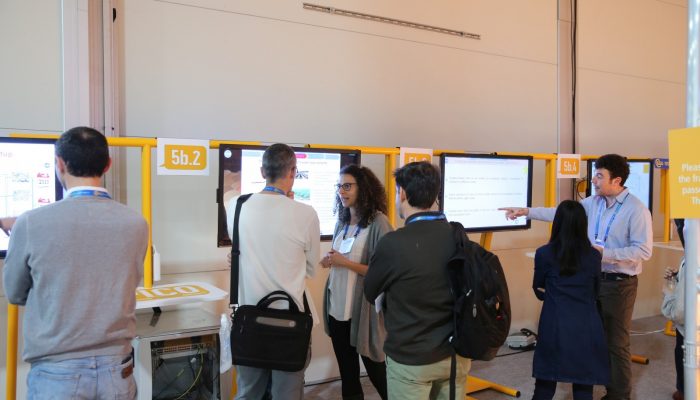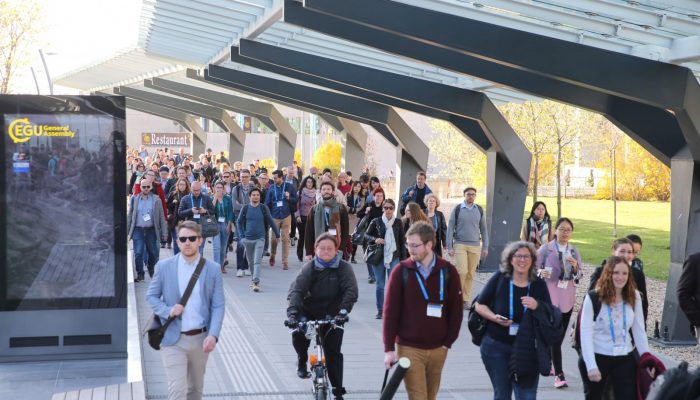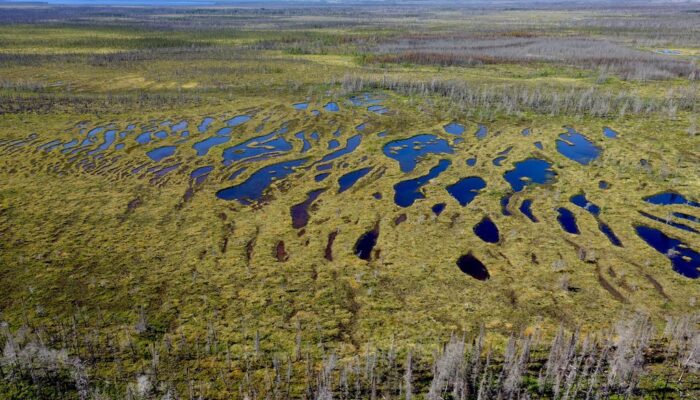The EGU General Assembly, the largest geoscience conference in Europe, attracts more than 15,000 participants every year. While there are countless opportunities throughout the week to meet new people and reconnect with colleagues, the convention centre can be overwhelming, especially for early career scientists (ECS) and first-time attendees. The Networking & Early Career Scientists’ Zone (fo ...[Read More]
EGU 2019: Connect at the Networking & Early Career Scientists’ Zone




